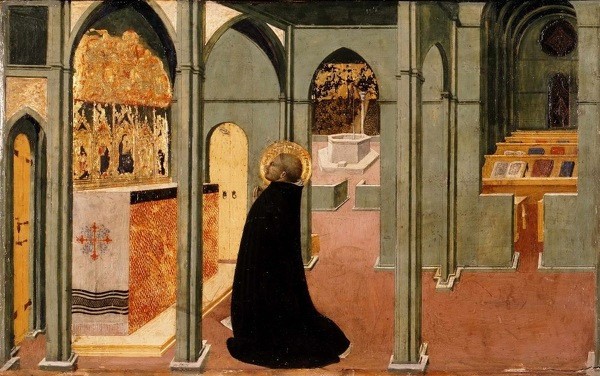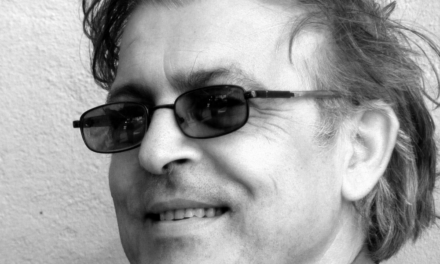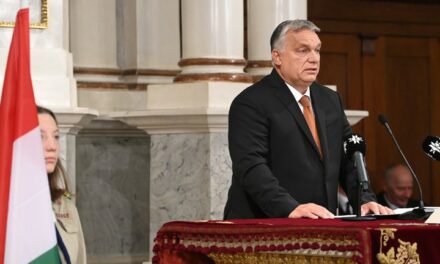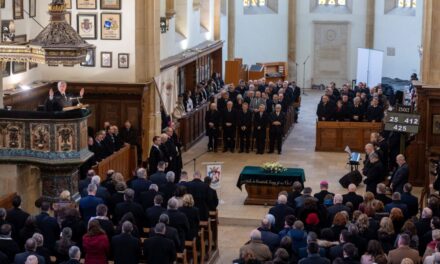We remember St. Thomas Aquinas, the "angelic doctor", who daily placed the fruit of his work as a university teacher and religious studies on the altar of the Lord, so that He would decide its quality. His summative work, Summa Theologiae, is still an important source of Catholic thought and teaching after eight hundred years.
Saint Thomas Aquinas came from the family of the Counts of Aquinas in Naples, and he entered the Benedictine monastery of Montecassino at the age of five. At the age of fourteen, he was sent to Naples for higher studies, and here he got to know the flourishing Dominican order of preachers at that time. In 1244, despite his family's fierce protests, he asked to be accepted into the begging monastery.
Tamás resisted all the temptations with which they tried to get him to withdraw his life-long decision. He lived for prayer and study. In 1245, he arrived in Paris, where he met for the first time the highly respected theologian of the order, St. Albert the Great. He listened to his lectures for three years, and then, when the universal chapter in Paris sent Albert to Cologne and entrusted him with founding an orderly college, Tamás stayed with him and spent four years studying in the city on the Rhine.
From 1252, Tamás himself gave lectures in Paris. In these years, among other things, his commentaries (on Petrus Lombardus' book of canons, Isaiah and Boëthius's work on the Holy Trinity) and his treatise entitled "The Truth" were written.
Tamás then taught theology in his home country, Italy, and then IV. Orbán and later VI. Clement was also invited to the papal court. In the meantime, he took over the management of the religious college in Rome. His greatest work is the Summa Theologiae, a masterpiece of scholarship and depth of thought, summary vision and clarity.
His lyrical works, hymns and sequence texts are also known, they bear witness to his intimate relationship with God and his rich, deep emotional world.

Andrea de Bonaiuto: Saint Thomas Aquinas, "Doctor Angelicus"
with Saints and Angels (14th century)
In 1269, his religious superiors called him again to the University of Paris as a professor of theology. These years in Paris marked the peak of his scientific work.
In 1272, his order commissioned Tamás to organize a central theological college in Naples. Two years later, he was pulled out of this calm activity again, when Pope Gregory X sent him to the Synod of the Union in Lyon. He set out despite his serious illness, but died on March 7, 1274 in the Cistercian monastery of Fossanuova.
XXII. He was canonized by Pope John in 1323. In 1567, Pope Pius V declared him a teacher of the church. XIII. In 1880, Leo made him the patron saint of all Catholic teaching activities. His feast was first placed on the day of his death, but since this day most often falls on Lent, since 1969 it has been celebrated on January 28, the day his relics were transferred to Toulouse in 1369.
the full article on Magyar Kurír by clicking here













